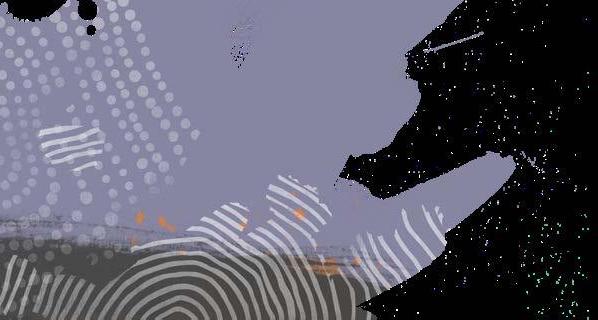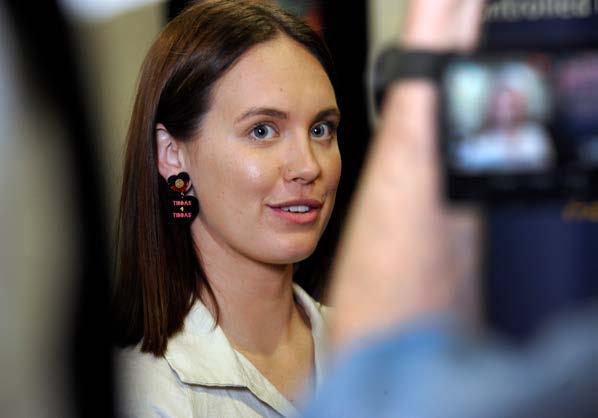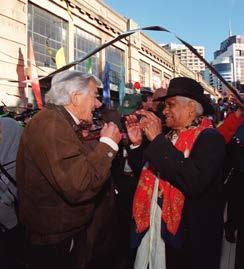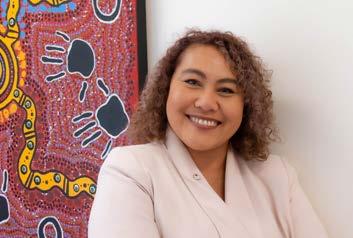
6 minute read
Defining moment for reconciliation
The Sydney Harbour Bridge Walk for Reconciliation in 2000 and similar events that took place around Australia in the weeks following were collectively the biggest demonstration of public support for a cause that has ever taken place in Australia.
The walks were a wonderful national expression of the desire for meaningful reconciliation between Australia’s Indigenous and non-Indigenous peoples.
To understand how the bridge walks came about it’s useful to go back a few years to the establishment of the Council for Aboriginal Reconciliation by the Australian Parliament in September 1991.
The central purpose of the Council was to guide the reconciliation process over the rest of the decade, leading up to the anniversary of Federation in 2001.
The Council’s aims were to improve relations between Indigenous and non-Indigenous Australians through increased understanding of Aboriginal and Torres Strait Islander cultures, the history of past dispossession and presentday disadvantage, and to foster a national commitment to addressing these disadvantages.
The 1990s
The Council’s decade proved to be hugely significant for progress towards reconciliation. In 1991 the final report of the Royal Commission into Aboriginal Deaths in Custody was released. This report instigated the establishment of the Council, and revealed to many Australians for the first time the profound and sustained cultural, social, spiritual, and economic damage caused by state intervention into Aboriginal and Torres Strait Islander families and communities.

A constantly flowing river of people cross the bridge for reconciliation.
Photo by Brad Newman/Newspix
A year later the High Court handed down the Mabo decision, which rejected the doctrine that Australia was terra nullius (land belonging to no-one) at the time of European arrival.
In his famous Redfern Park speech, Paul Keating became the first Australian Prime Minister to truthfully acknowledge the violence and dispossession committed against Aboriginal and Torres Strait islander peoples during Australia’s colonisation
In 1993, Parliament consolidated the Mabo ruling by passing the Native Title Act, which sought to provide a national system for the recognition and protection of native title and for its co-existence with the national land management system.
Then in 1996, the High Court handed down the Wik decision, which confirmed that native title rights could coexist with pastoral and leasehold tenures but that pastoral leases do not necessarily extinguish native title.
In 1997, the Human Rights and Equal Opportunity Commission published the Bringing them Home report, which revealed the horrifying extent and legacy of Australia’s past policies of removing Indigenous children from their parents. These people became known as the Stolen Generations.
Among the report’s recommendations was that the Australian Government make an apology to Indigenous peoples and in particular to the Stolen Generations. This issue was to be central to Corroboree 2000, the two-day event that was the culmination of the Council for Aboriginal Reconciliation’s work.
Corroboree 2000
Corroboree 2000 comprised two events over two days. The first was a meeting of dozens of high-profile Indigenous and non-Indigenous leaders at the Sydney Opera House on 27 May 2000. This meeting was described as ‘a ceremonial gathering of Australians to exchange commitments in the lead up to the centenary of Federation in 2001’.
The meeting centred on the presentation of two documents prepared by the Council to non-Indigenous leaders, including the State premiers, the Governor-General Sir William Deane and Prime Minister John Howard.
One was the Australian Declaration Towards Reconciliation; the other was the Roadmap for Reconciliation. The essence of the Declaration is conveyed in its final paragraph:
All the leaders who took part left their handprints on a reconciliation canvas – a symbolic act of great significance in Indigenous traditions.
Many of the leaders gave speeches to the 2000-strong audience. The most controversial was delivered by the Prime Minister, who skirted around the issue of an apology by expressing ‘regret’ for past wrongs. He felt that it was not the responsibility of the present generation to apologise for past practices.
The Bridge Walk
The second event of Corroboree 2000 was the Walk for Reconciliation across the Sydney Harbour Bridge, which took place the following day, Sunday 28 May, 2000.
The Council had conceived the Walk in 1995. Originally, they intended that thousands of Indigenous people would gather at one end of the Bridge and a similar number of non-Indigenous people line up at the other. They would then walk towards each other and meet in the middle. But not everyone involved was comfortable with separating the participants into two such distinct groups.
The solution came in the title of the council’s own quarterly journal: Walking Together. They decided instead that everyone should start at the north end of the Bridge and walk in the same direction towards Darling Harbour where a free public concert would be held.
Record Crowd
The symbolic and iconic status of Sydney Harbour Bridge made it an obvious location for a public act of support for reconciliation.
Days before the event, the Council for Aboriginal Reconciliation was unsure what the turnout would be. One organiser, Shelley Reys, said later, ‘It happened at a time of political turmoil and we thought it could go either way. I thought at least we’d get a few hundred’.
In fact, up to 250,000 people, Indigenous and non-Indigenous, made their way across the famous Sydney landmark in a continuous stream that lasted nearly six hours. It was the largest political demonstration ever held in Australia.
The numbers astonished and thrilled organisers. Evelyn Scott, chair of the Council, said on the day, ‘I’ll die happy tomorrow’.
People marched carrying banners and flowers and wearing badges and stickers. Spirits were high despite the chilly wind. The Australian and Aboriginal flags flew side by side at the top of the Bridge’s arch. When a skywriter wrote the word ‘Sorry’ in the clear sky above the Harbour, the marchers cheered.
John Howard did not take part, sending in his place Aboriginal Affairs Minister, John Herron, and Minister assisting the Prime Minister for Reconciliation, Phillip Ruddock. However, several Coalition backbenchers attended as did many Labor Party frontbenchers along with NSW Premier Bob Carr.
Among the first group to cross were long-time Aboriginal and Torres Strait Islander rights activist Faith Bandler as well as Bonita Mabo, widow of native title campaigner Eddie Mabo. Many members of the Stolen Generations who attended found the Bridge Walk to be a healing experience.
Associated Walks
A week later, about 60,000 people walked together across the William Jolly Bridge in Brisbane. Scores of smaller walks followed throughout the country, in state capitals and regional towns, culminating in big marches in Melbourne and Perth at the end of the year. The Melbourne walk, starting at Flinders Street Station and finishing at King’s Domain gardens, drew as many as 300,000 people.
The Aftermath
The Harbour Bridge walk and the subsequent events across Australia were enormously important in showing that public sentiment was moving towards support for more concrete steps in the reconciliation process. Though the event was orchestrated by a small number of people, all sections of the Australian community took part.
The walks were the culmination of the work of local reconciliation and activist groups that had grown alongside the Council for a decade, and reflected a shift in the public mood and a growing awareness of the importance of reconciliation and a need for a national apology.
Eight years after the Bridge Walk, Prime Minister Kevin Rudd delivered the national apology to Australia’s Indigenous people.
We gratefully acknowledge the National Museum of Australia for allowing us to draw on its resource: Defining Moments in Australian History. www.nma.gov.au/defining-moments.










